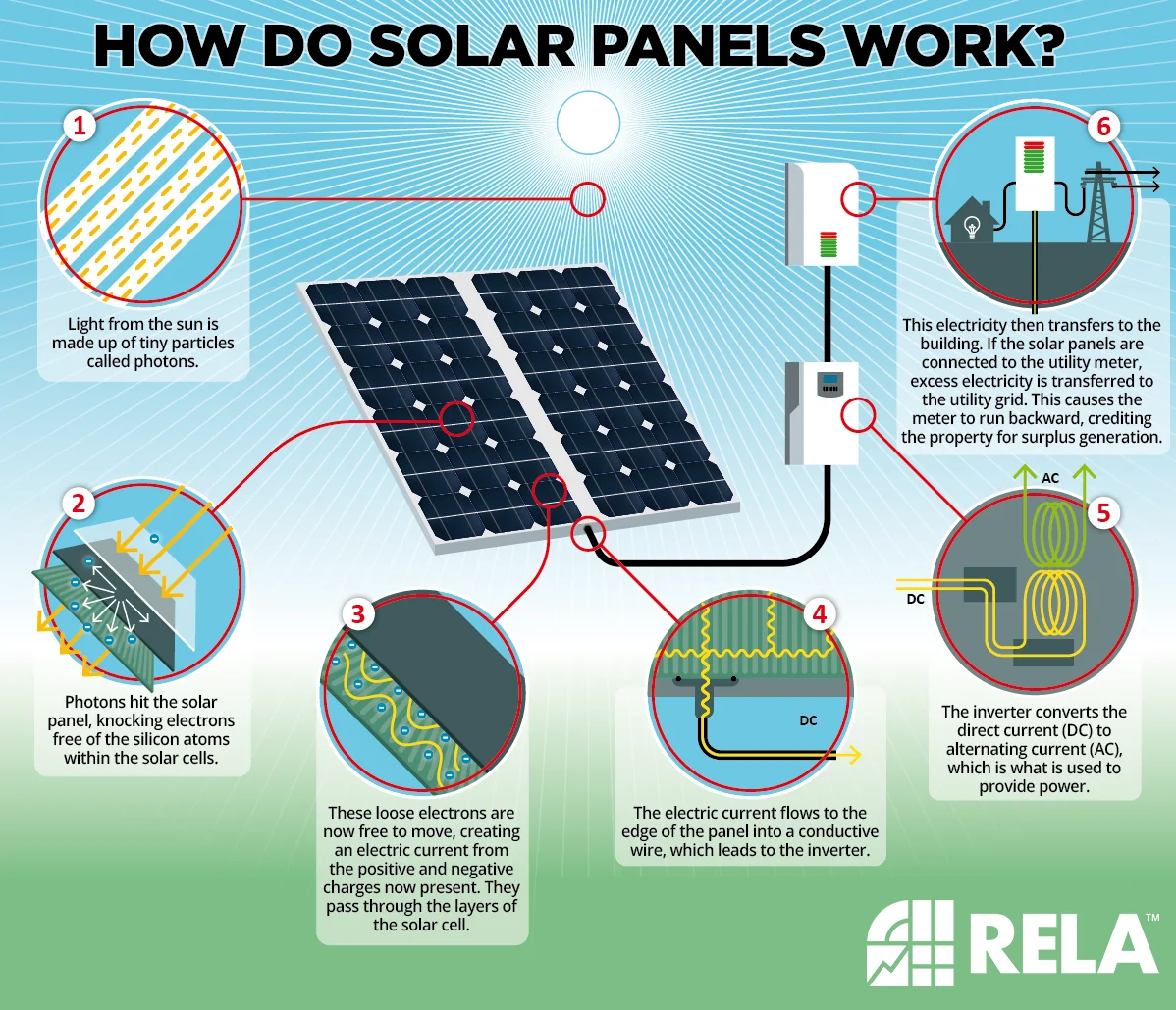
- Home
- Shining Bright: How Solar Farms Light up Our Future
Shining Bright: How Solar Farms Light up Our Future
Solar energy is becoming an increasingly popular source of electricity for households and businesses alike, and it’s not hard to see why. With the technology improving every day, solar panels are now more efficient, cost-effective and accessible than ever. But how exactly do solar farms play a role in powering our future?
A solar farm is essentially a large-scale solar panel installation that generates electricity for the national grid. These farms can range from a few hectares of land to hundreds of hectares, and can contain millions of solar panels. The panels are strategically positioned to capture as much sunlight as possible, and the electricity generated is then fed into the grid for distribution to homes and businesses.
One of the biggest benefits of solar farms is that they produce clean, renewable energy that doesn’t produce any greenhouse gas emissions. This is a significant step forward in the fight against climate change and is a key part of Australia’s transition towards a cleaner energy future.
One of the largest solar farms in Australia is the Darlington Point Solar Farm, which is located 10km south of Darlington Point in western New South Wales, and has an output capacity of 275MW.
The benefits of solar energy go beyond just reducing our carbon footprint and helping the environment. Solar farms are also providing jobs and economic opportunities in rural areas.
As the cost of solar technology continues to fall, it’s likely that we’ll see even more solar farms being built in the future. This will help to further reduce our reliance on fossil fuels and ensure that Australia has a secure and sustainable energy supply for generations to come.
